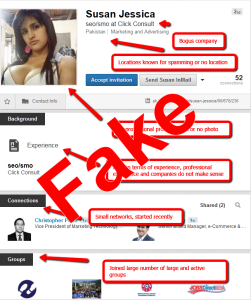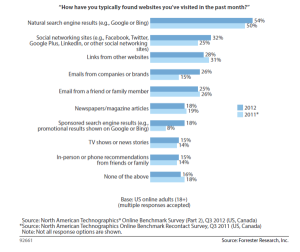 Facebook may not have a dislike button but its algorithm, so to speak, does and knowing what Facebook algorithm likes and dislikes greatly influences whether your post will show on your followers wall or not.
Facebook may not have a dislike button but its algorithm, so to speak, does and knowing what Facebook algorithm likes and dislikes greatly influences whether your post will show on your followers wall or not.
Knowing how it works, what it likes or dislikes will go a long way to get your post seen by your audience and improve your ROI.
So, here we go, Facebook algorithm likes and dislikes:
What Facebook algorithm loves:
- Posts with lots of comments
- Posts with lots of likes
- Post types with photos videos (posted to Facebook instead of linked) or status update
- Posts that reference a trending topic but don’t abuse it
- Posts that receive a high volume of likes, comments, or shares in a short time
- Posts with links, there is a way Facebook prefers it done
- Videos uploaded to Facebook (instead of just linked) with a large number of views or long viewing time
- Posts that tag other pages
- Posts that your friends like or comment on
- Posts from pages that have a lot of interactions
- Post types with a lot of interactions
- Posts from pages that have completed profile information (about tab)
- Posts from pages whose fan base overlaps with the fan base of recognized quality pages
- Original images and videos not previously referenced in the Open Graph
- Original Links
What Facebook algorithm dislike:
- Clickbait
- Frequently circulated content and repeated posts (duplicate content)
- Like-baiting now banned by Facebook
- Posts that include spam links
- Text-only status updates from pages (no photos or graphics)
- Posts that are frequently hidden or reported (a sign of low quality)
- Posts that contain the words “like, comment, or share”
- Posts with unusual engagement patterns or schemes (a like-baiting signal)
- Posts that are classified as memes by Facebook (memes are images withf overlayed text)








